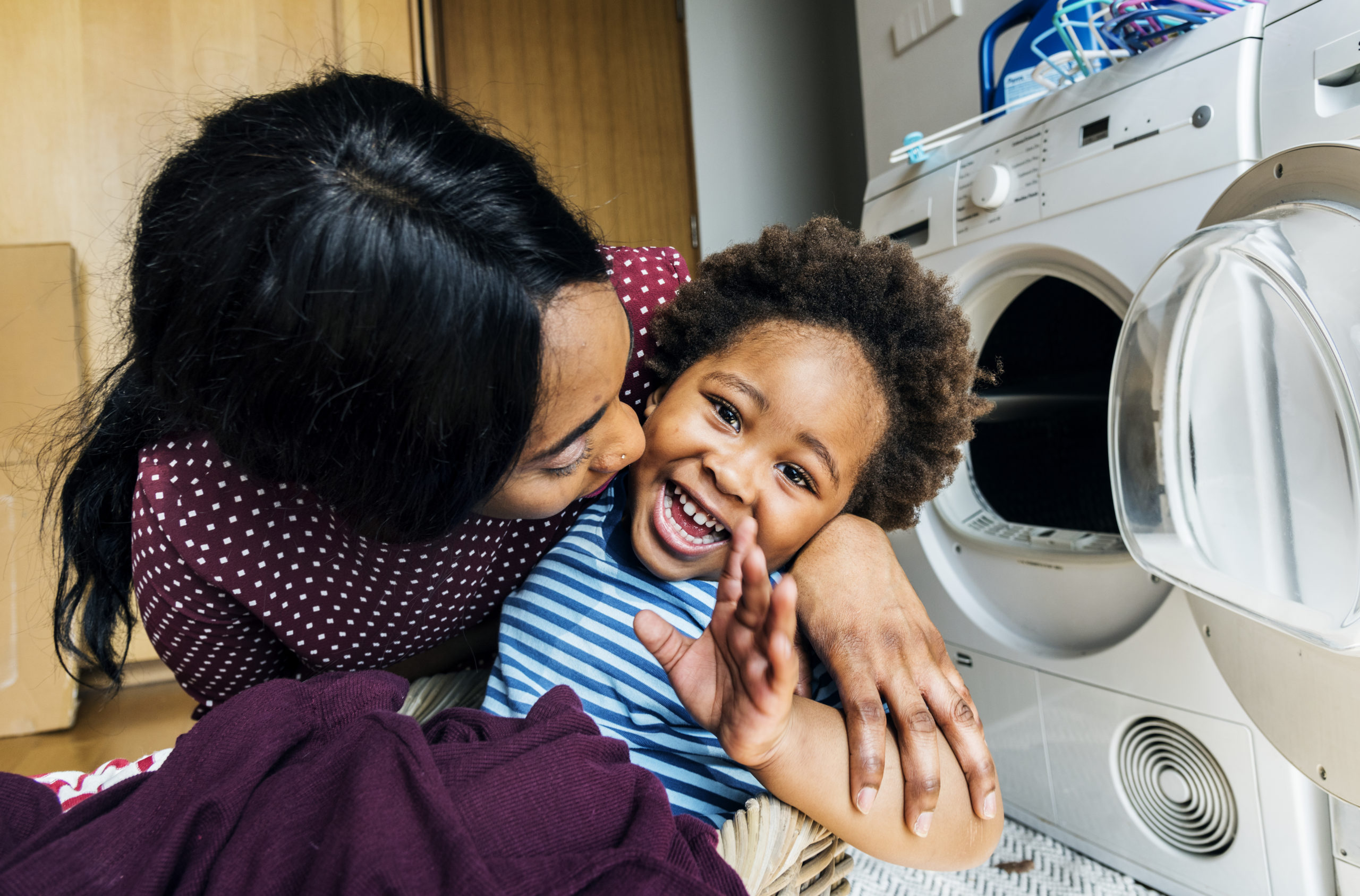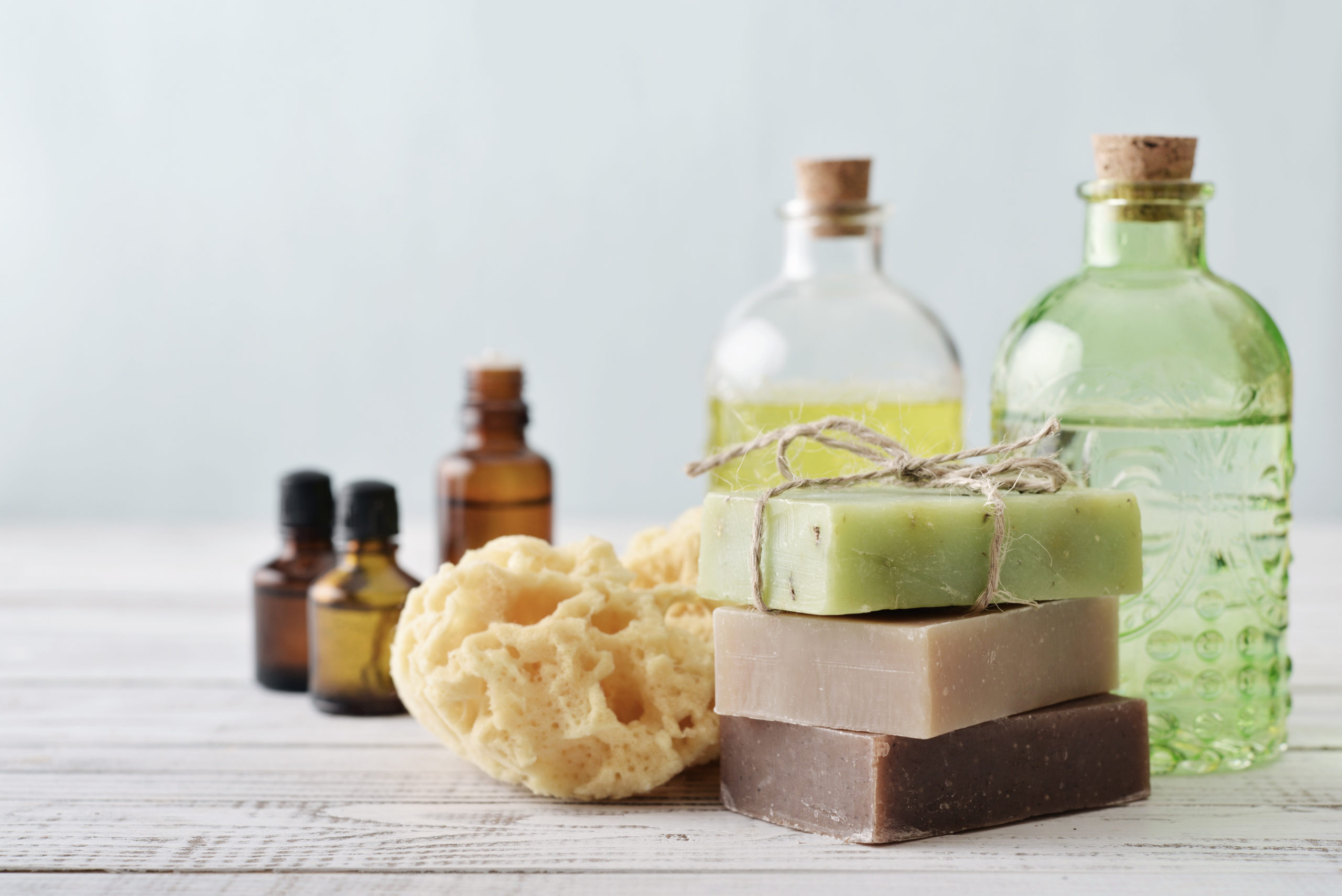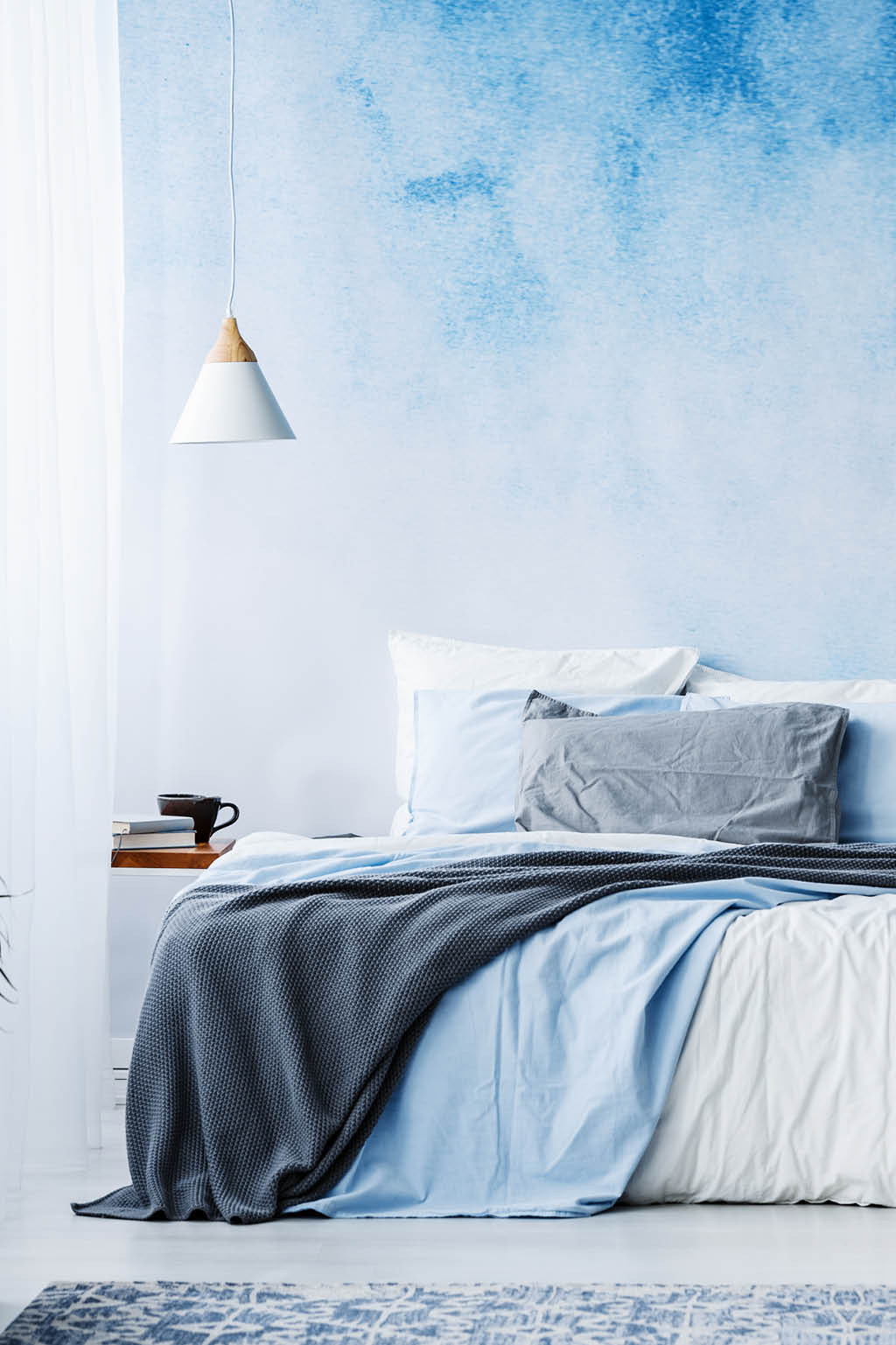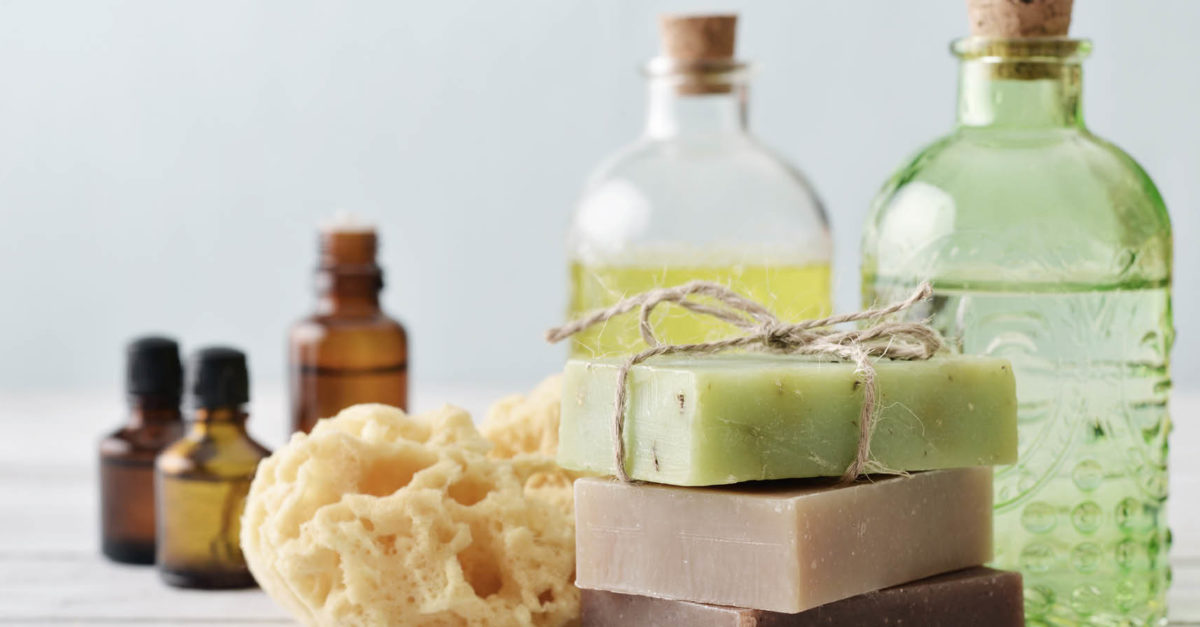Keeping a Chemical-Free Home
What word comes to mind when you think of your home? Comfortable? Family? Hopefully, you think of your home as a positive space full of happiness and good memories.
Although our homes are supposed to be safe spaces, it has become increasingly difficult to keep harmful chemicals (and products made from them) away from our families. And you might be inclined to think that by ridding your home of chemical-filled cleaners you’re eliminating the problem. But, unfortunately, chemicals can be found in most of the things we buy and use on a daily basis.
The good news is that there are so many alternatives and ways to protect yourself and your family against a chemical-filled home—and it doesn’t have to be a difficult process. Understanding how you can make small changes, such as paying attention to the products you purchase, can bring you that much closer to the healthier environment you deserve. Use this guide to make improvements room by room, and you’re guaranteed to feel better about where you call home.
The Bathroom
When it comes to the bathroom, you might feel like a heavy dose of bleach is the only thing that can get it completely clean. And, while this room can be particularly dirty, that doesn’t mean that natural cleaners aren’t tough enough to do the job. White vinegar is actually an amazing cleaning tool—one that you can use just about anywhere. To tackle a grimy showerhead, fill a plastic bag with enough white vinegar to completely submerge it, secure the bag with rubber bands, and allow it to soak overnight. You can also use a mixture of vinegar and baking soda to clean toilets, as it produces a fizzing action. Once the fizzing has subsided, simply scrub with a toilet wand.
And if you’re using natural products to get your bathroom appliances and floors clean, you might as well keep the same mentality for the products you use to get yourself clean. When shopping for bath products like soaps and lotions, it’s best to check the label: if a product has an ingredients list a mile long, chances are some of those ingredients are harmful chemicals. Parabens, fragrance, and sulfates, for example, are all ingredients that could potentially irritate the skin or worse.

The Kitchen
As the place where we prepare, eat, and store our food, the kitchen is one of the most important areas of the home to focus on when you’re trying to live a more chemical-free life.
If you’re like many people, you probably have a drawer or a cabinet dedicated to plastic storage containers. As convenient as they may be, many of these containers are made with Bisphenol A (BPA), a chemical that is used to harden the plastic. BPA can also be found in the liners of some food cans. Studies that exposed animals to BPA showed the chemical can act as an endocrine disrupter, imitating the effects of estrogen. The risk of BPA seeping into food increases if the container or can is heated, damaged, or scratched. When buying plastic storage containers, look for a BPA-free label, or, better yet, buy reusable glass containers instead. And always avoid heating plastic in the microwave.
In addition to the containers you use, you should also be wary about the food you purchase. The Environmental Working Group’s 2019 list of the “dirty dozen” fruits and vegetables—generally reported to have the highest level of pesticide residue—named strawberries, spinach, kale, nectarines, and apples as the dirtiest produce options on the shelf. Conversely, avocados, sweet corn, pineapples, frozen sweet peas, and onions were mentioned in EWG’s “clean fifteen” for having the lowest levels of pesticides. The EWG recommends buying organic whenever possible, especially for items on the dirty dozen list.
The Laundry Room
A lot of commercial detergents and other laundry products are made with harmful chemical components. If you often rely on bleach to get your whites clean, you can add half a cup of baking soda to your wash instead to clean and brighten. Another tip for that white vinegar is as a fabric softener replacement—simply add a half cup to the rinse cycle. If you often use dryer sheets to eliminate static, try drying synthetic fabrics, such as polyester, separate from natural ones, like cotton, or utilizing natural alternatives like wool balls.
If you aren’t interested in making your own laundry products, Goodguide.com uses data provided by both manufacturers and global health organizations like the National Toxicology Program (NTP) and World Health Organization (WHO) to help consumers make better decisions on household products they can buy from the store. You can consult the site to look for safer and more environmentally friendly detergents.
The Bedroom
You might not keep as many chemicals in the bedroom as you do in other areas of your home, but there can still be harmful agents hidden in places you wouldn’t necessarily think of. Scented candles and other items used for giving your bedroom a pleasant scent are often made with paraffin wax, which can release chemicals when burned. It’s best to stick with natural candles or organic essential oils—just be sure to follow safety guidelines and to keep these items away from kids and pets.
Though the same can be said for any room in the house, the paint on bedroom walls tends to be updated more frequently. Therefore, it’s important to pay attention to the kind of paint you use if you’re considering changing up the color. A lot of paint manufacturers will add chemicals to their products to prolong shelf life and prevent bacteria growth, but these chemicals can be extremely harmful. Choose paints that are Green Seal-certified or that are certified asthma and allergy friendly by the Asthma and Allergy Foundation of America, so you can be sure of their quality and safety.

Taking Small Steps
When it comes to eliminating harmful toxins from your home, it’s not about throwing away everything you already own and starting from scratch—it’s about making conscious choices so that, over time, you can create a healthier environment for yourself and your family. These ideas can help you make the leap to incorporating more natural products into your life, but it’s still crucial to read labels and do your research on a product if you’re unsure of its safety. Nowadays, there are thousands of products advertised as all-natural or chemical-free. So be diligent and you can live life more naturally.
For more info, visit ewg.org









